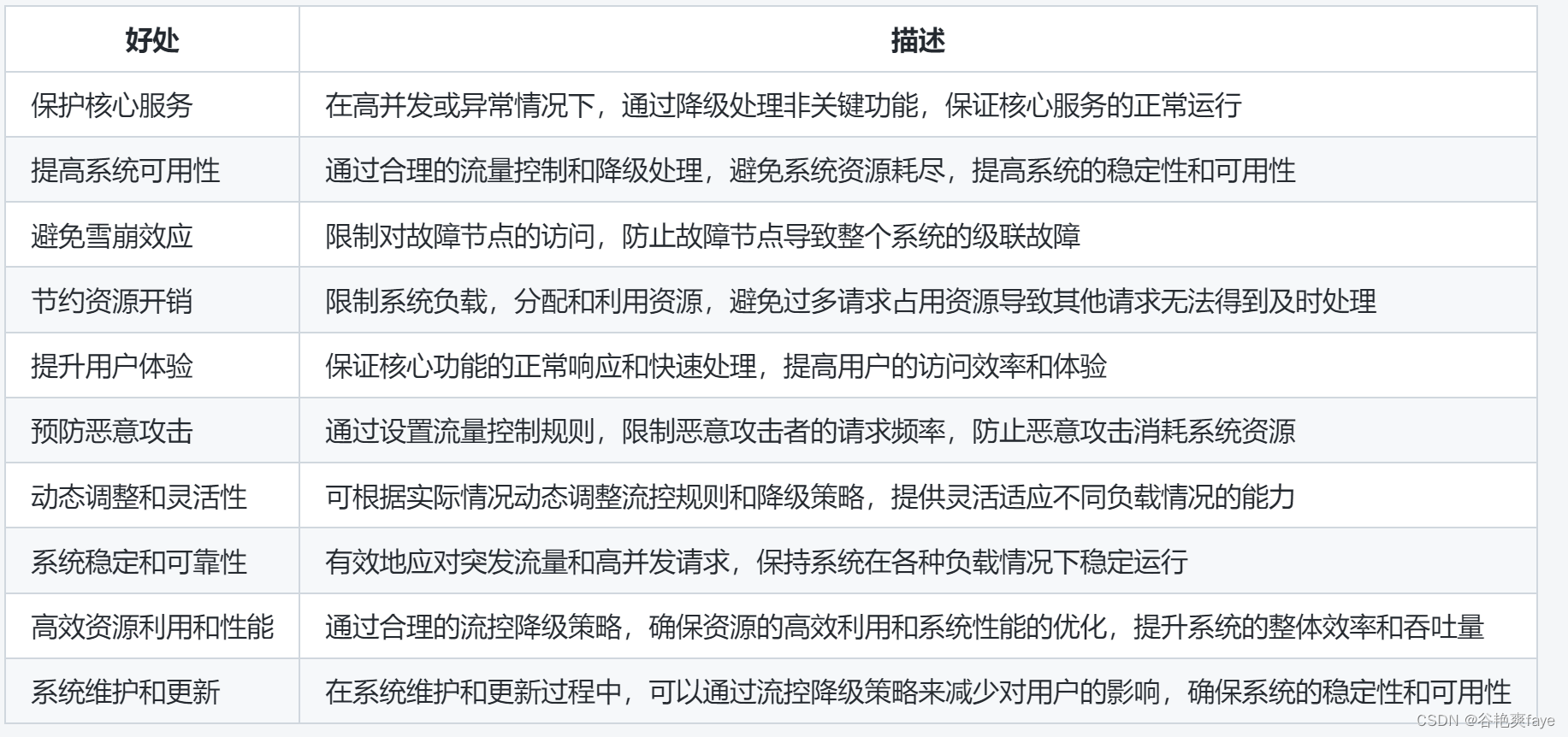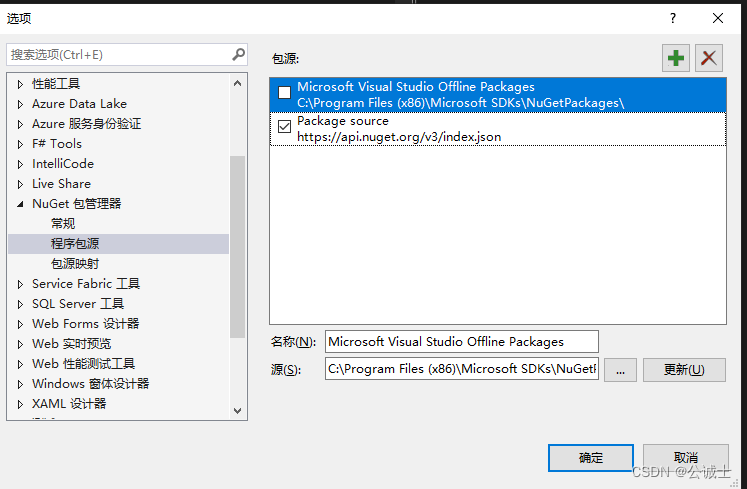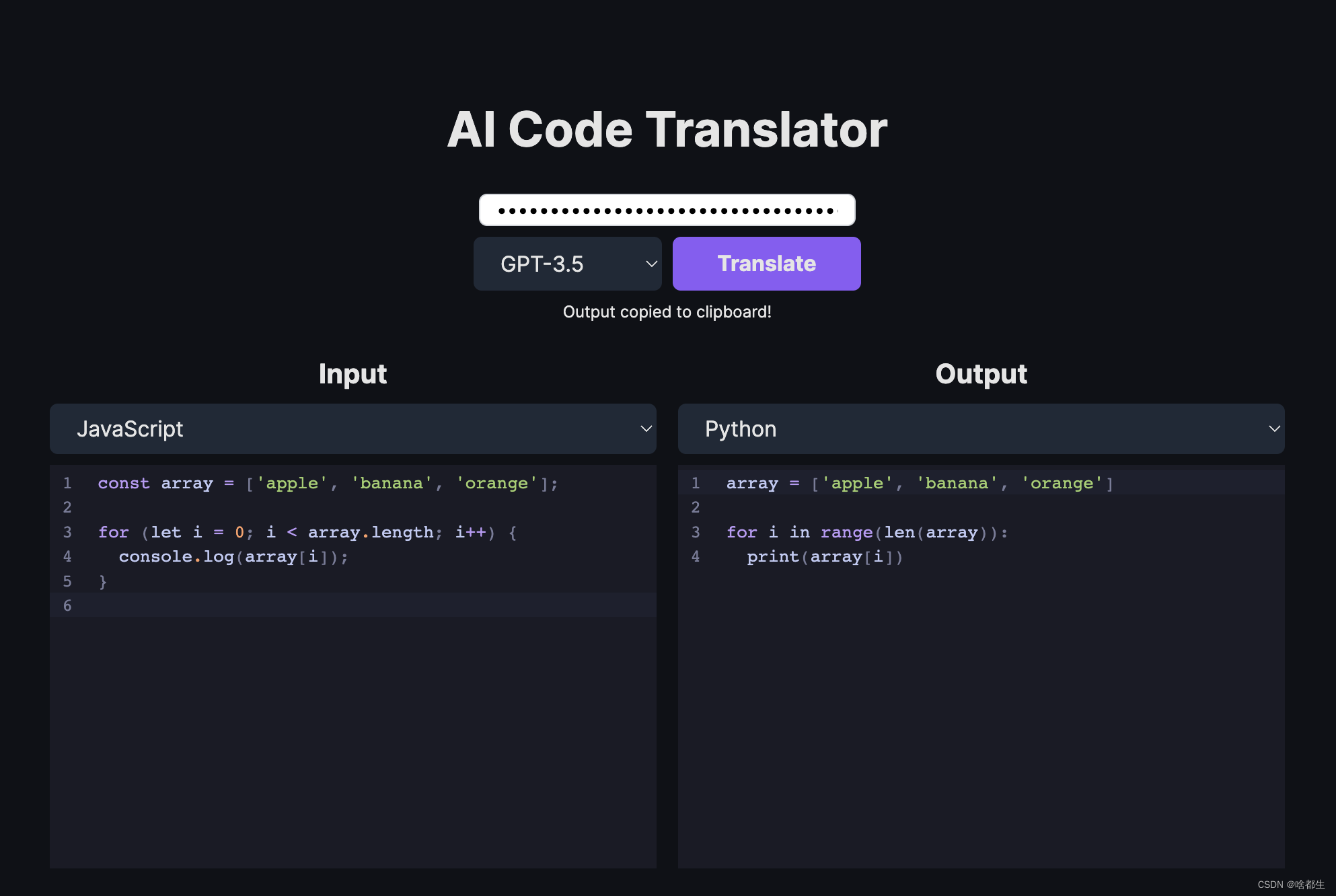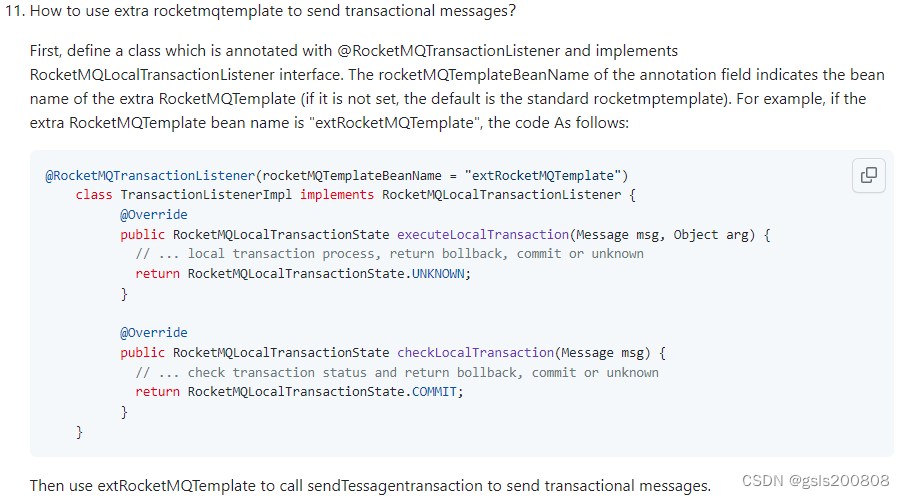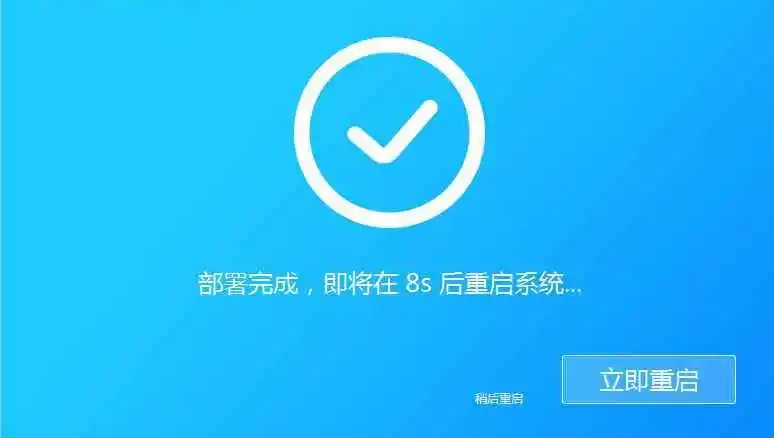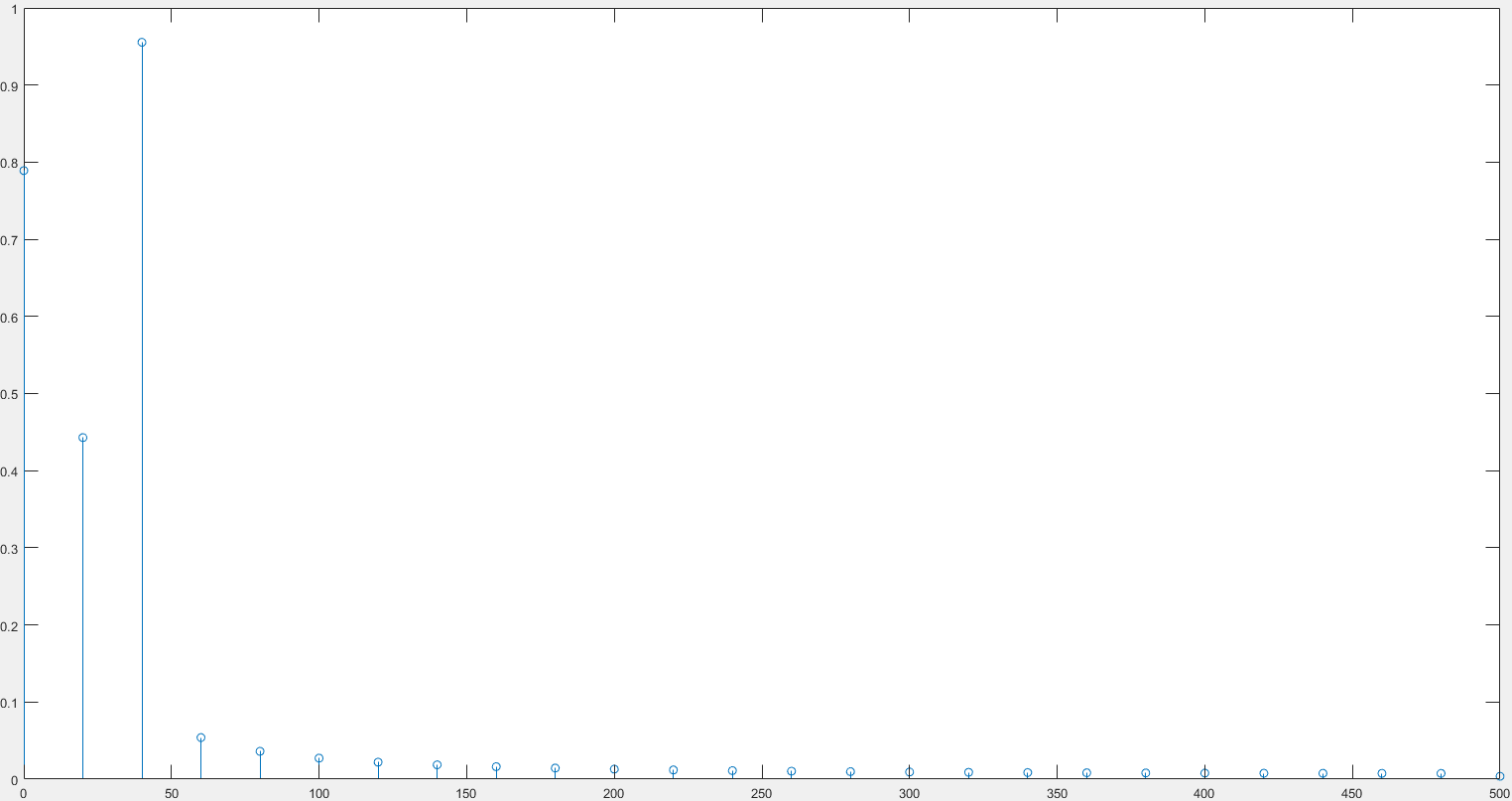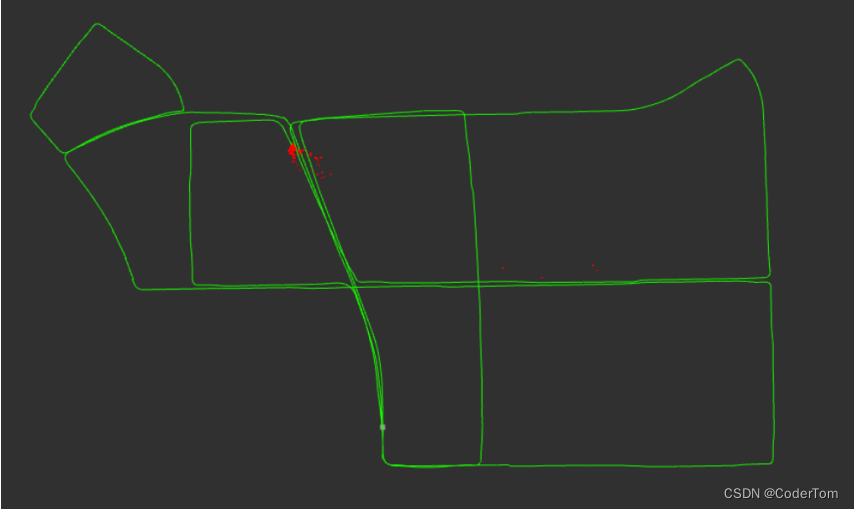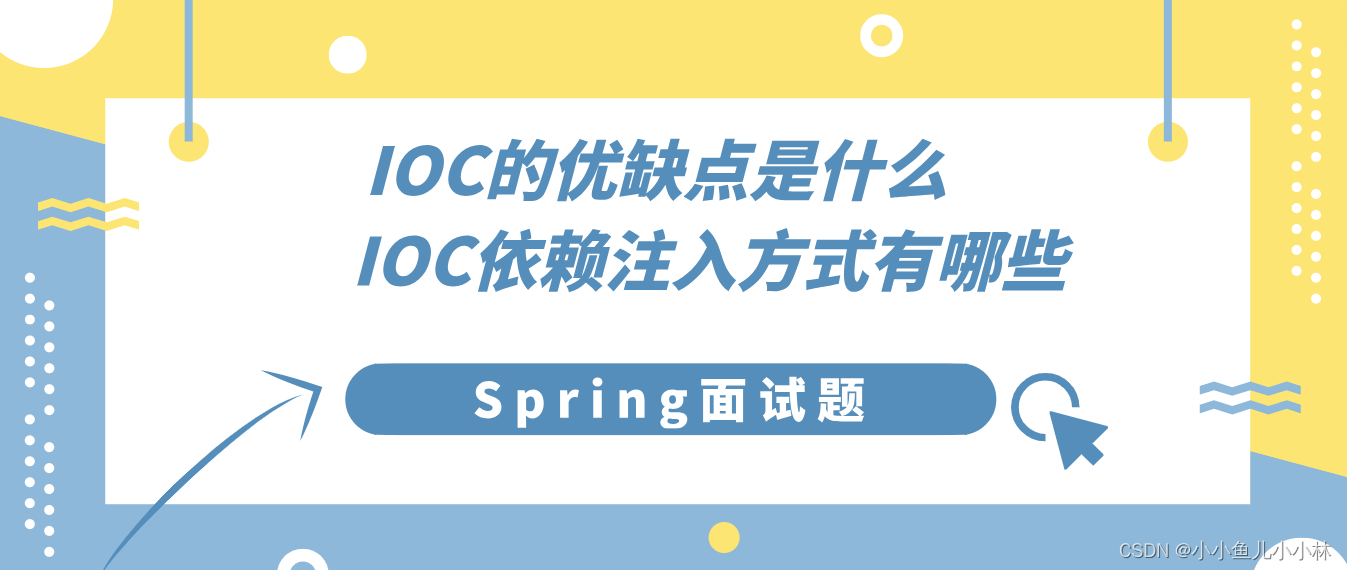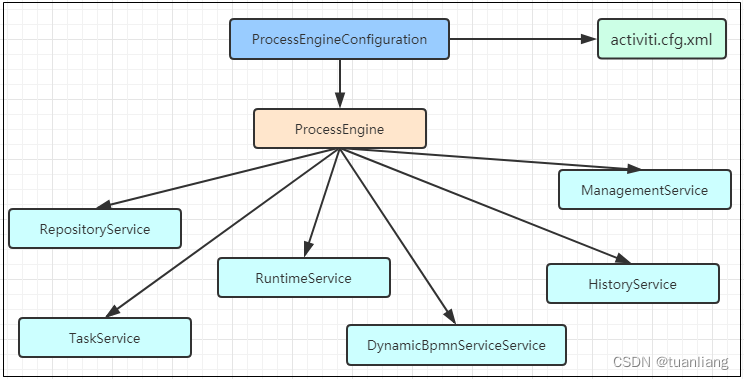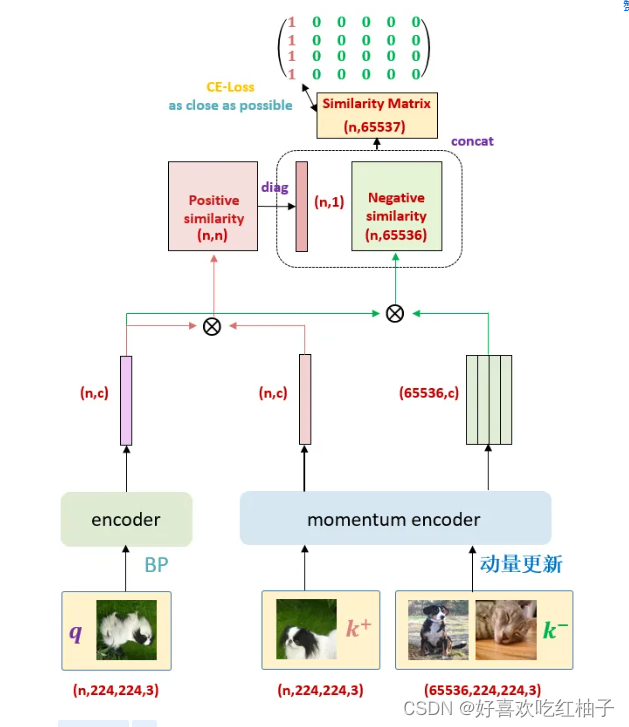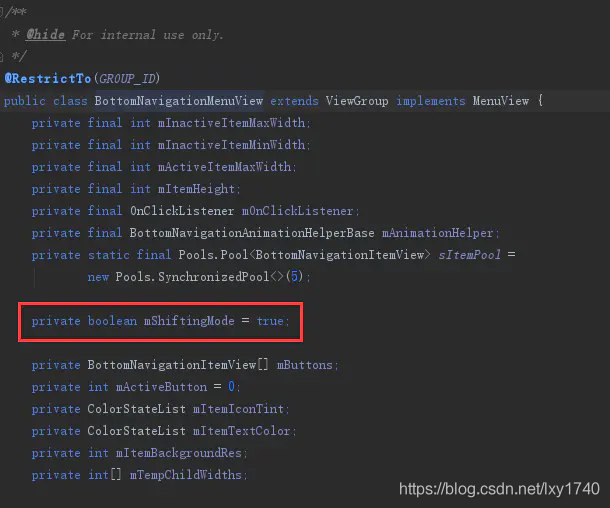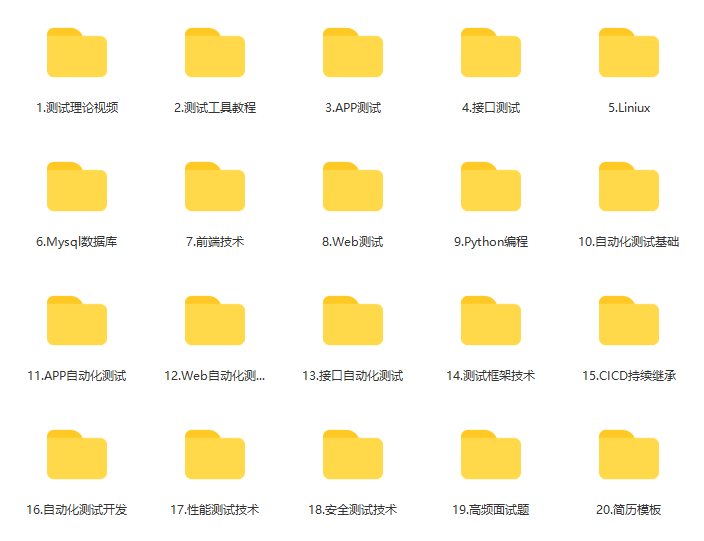介绍
主要介绍qcustomplot及其用法
最新版本:QCustomPlot Patch Release 2.1.1//November 6, 2022
下载:https://www.qcustomplot.com/index.php/download
官网:https://www.qcustomplot.com/index.php
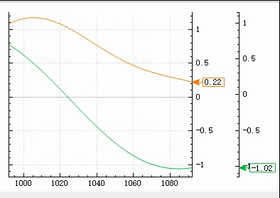
简单使用
mainwindow.h
/***************************************************************************
** **
** QCustomPlot, an easy to use, modern plotting widget for Qt **
** Copyright (C) 2011-2022 Emanuel Eichhammer **
** **
** This program is free software: you can redistribute it and/or modify **
** it under the terms of the GNU General Public License as published by **
** the Free Software Foundation, either version 3 of the License, or **
** (at your option) any later version. **
** **
** This program is distributed in the hope that it will be useful, **
** but WITHOUT ANY WARRANTY; without even the implied warranty of **
** MERCHANTABILITY or FITNESS FOR A PARTICULAR PURPOSE. See the **
** GNU General Public License for more details. **
** **
** You should have received a copy of the GNU General Public License **
** along with this program. If not, see http://www.gnu.org/licenses/. **
** **
****************************************************************************
** Author: Emanuel Eichhammer **
** Website/Contact: https://www.qcustomplot.com/ **
** Date: 06.11.22 **
** Version: 2.1.1 **
****************************************************************************/
/************************************************************************************************************
** **
** This is the example code for QCustomPlot. **
** **
** It demonstrates basic and some advanced capabilities of the widget. The interesting code is inside **
** the "setup(...)Demo" functions of MainWindow. **
** **
** In order to see a demo in action, call the respective "setup(...)Demo" function inside the **
** MainWindow constructor. Alternatively you may call setupDemo(i) where i is the index of the demo **
** you want (for those, see MainWindow constructor comments). All other functions here are merely a **
** way to easily create screenshots of all demos for the website. I.e. a timer is set to successively **
** setup all the demos and make a screenshot of the window area and save it in the ./screenshots **
** directory. **
** **
*************************************************************************************************************/
#ifndef MAINWINDOW_H
#define MAINWINDOW_H
#include <QMainWindow>
#include <QTimer>
#include "../../qcustomplot.h" // the header file of QCustomPlot. Don't forget to add it to your project, if you use an IDE, so it gets compiled.
namespace Ui {
class MainWindow;
}
class MainWindow : public QMainWindow
{
Q_OBJECT
public:
explicit MainWindow(QWidget *parent = 0);
~MainWindow();
void setupDemo(int demoIndex);
void setupQuadraticDemo(QCustomPlot *customPlot);
void setupSimpleDemo(QCustomPlot *customPlot);
void setupSincScatterDemo(QCustomPlot *customPlot);
void setupScatterStyleDemo(QCustomPlot *customPlot);
void setupLineStyleDemo(QCustomPlot *customPlot);
void setupScatterPixmapDemo(QCustomPlot *customPlot);
void setupDateDemo(QCustomPlot *customPlot);
void setupTextureBrushDemo(QCustomPlot *customPlot);
void setupMultiAxisDemo(QCustomPlot *customPlot);
void setupLogarithmicDemo(QCustomPlot *customPlot);
void setupRealtimeDataDemo(QCustomPlot *customPlot);
void setupParametricCurveDemo(QCustomPlot *customPlot);
void setupBarChartDemo(QCustomPlot *customPlot);
void setupStatisticalDemo(QCustomPlot *customPlot);
void setupSimpleItemDemo(QCustomPlot *customPlot);
void setupItemDemo(QCustomPlot *customPlot);
void setupStyledDemo(QCustomPlot *customPlot);
void setupAdvancedAxesDemo(QCustomPlot *customPlot);
void setupColorMapDemo(QCustomPlot *customPlot);
void setupFinancialDemo(QCustomPlot *customPlot);
void setupPolarPlotDemo(QCustomPlot *customPlot);
void setupPlayground(QCustomPlot *customPlot);
private slots:
void realtimeDataSlot();
void bracketDataSlot();
void screenShot();
void allScreenShots();
private:
Ui::MainWindow *ui;
QString demoName;
QTimer dataTimer;
QCPItemTracer *itemDemoPhaseTracer;
int currentDemoIndex;
};
#endif // MAINWINDOW_H
mainwindow.cpp
/***************************************************************************
** **
** QCustomPlot, an easy to use, modern plotting widget for Qt **
** Copyright (C) 2011-2022 Emanuel Eichhammer **
** **
** This program is free software: you can redistribute it and/or modify **
** it under the terms of the GNU General Public License as published by **
** the Free Software Foundation, either version 3 of the License, or **
** (at your option) any later version. **
** **
** This program is distributed in the hope that it will be useful, **
** but WITHOUT ANY WARRANTY; without even the implied warranty of **
** MERCHANTABILITY or FITNESS FOR A PARTICULAR PURPOSE. See the **
** GNU General Public License for more details. **
** **
** You should have received a copy of the GNU General Public License **
** along with this program. If not, see http://www.gnu.org/licenses/. **
** **
****************************************************************************
** Author: Emanuel Eichhammer **
** Website/Contact: https://www.qcustomplot.com/ **
** Date: 06.11.22 **
** Version: 2.1.1 **
****************************************************************************/
/************************************************************************************************************
** **
** This is the example code for QCustomPlot. **
** **
** It demonstrates basic and some advanced capabilities of the widget. The interesting code is inside **
** the "setup(...)Demo" functions of MainWindow. **
** **
** In order to see a demo in action, call the respective "setup(...)Demo" function inside the **
** MainWindow constructor. Alternatively you may call setupDemo(i) where i is the index of the demo **
** you want (for those, see MainWindow constructor comments). All other functions here are merely a **
** way to easily create screenshots of all demos for the website. I.e. a timer is set to successively **
** setup all the demos and make a screenshot of the window area and save it in the ./screenshots **
** directory. **
** **
*************************************************************************************************************/
#include "mainwindow.h"
#include "ui_mainwindow.h"
#include <QDebug>
#if QT_VERSION < QT_VERSION_CHECK(6, 0, 0)
# include <QDesktopWidget>
#endif
#include <QScreen>
#include <QMessageBox>
#include <QMetaEnum>
MainWindow::MainWindow(QWidget *parent) :
QMainWindow(parent),
ui(new Ui::MainWindow)
{
ui->setupUi(this);
setGeometry(400, 250, 542, 390);
setupDemo(0);
//setupPlayground(ui->customPlot);
// 0: setupQuadraticDemo(ui->customPlot);
// 1: setupSimpleDemo(ui->customPlot);
// 2: setupSincScatterDemo(ui->customPlot);
// 3: setupScatterStyleDemo(ui->customPlot);
// 4: setupScatterPixmapDemo(ui->customPlot);
// 5: setupLineStyleDemo(ui->customPlot);
// 6: setupDateDemo(ui->customPlot);
// 7: setupTextureBrushDemo(ui->customPlot);
// 8: setupMultiAxisDemo(ui->customPlot);
// 9: setupLogarithmicDemo(ui->customPlot);
// 10: setupRealtimeDataDemo(ui->customPlot);
// 11: setupParametricCurveDemo(ui->customPlot);
// 12: setupBarChartDemo(ui->customPlot);
// 13: setupStatisticalDemo(ui->customPlot);
// 14: setupSimpleItemDemo(ui->customPlot);
// 15: setupItemDemo(ui->customPlot);
// 16: setupStyledDemo(ui->customPlot);
// 17: setupAdvancedAxesDemo(ui->customPlot);
// 18: setupColorMapDemo(ui->customPlot);
// 19: setupFinancialDemo(ui->customPlot);
// 20: setupPolarPlotDemo(ui->customPlot);
// for making screenshots of the current demo or all demos (for website screenshots):
//QTimer::singleShot(1500, this, SLOT(allScreenShots()));
//QTimer::singleShot(4000, this, SLOT(screenShot()));
}
void MainWindow::setupDemo(int demoIndex)
{
switch (demoIndex)
{
case 0: setupQuadraticDemo(ui->customPlot); break;
case 1: setupSimpleDemo(ui->customPlot); break;
case 2: setupSincScatterDemo(ui->customPlot); break;
case 3: setupScatterStyleDemo(ui->customPlot); break;
case 4: setupScatterPixmapDemo(ui->customPlot); break;
case 5: setupLineStyleDemo(ui->customPlot); break;
case 6: setupDateDemo(ui->customPlot); break;
case 7: setupTextureBrushDemo(ui->customPlot); break;
case 8: setupMultiAxisDemo(ui->customPlot); break;
case 9: setupLogarithmicDemo(ui->customPlot); break;
case 10: setupRealtimeDataDemo(ui->customPlot); break;
case 11: setupParametricCurveDemo(ui->customPlot); break;
case 12: setupBarChartDemo(ui->customPlot); break;
case 13: setupStatisticalDemo(ui->customPlot); break;
case 14: setupSimpleItemDemo(ui->customPlot); break;
case 15: setupItemDemo(ui->customPlot); break;
case 16: setupStyledDemo(ui->customPlot); break;
case 17: setupAdvancedAxesDemo(ui->customPlot); break;
case 18: setupColorMapDemo(ui->customPlot); break;
case 19: setupFinancialDemo(ui->customPlot); break;
case 20: setupPolarPlotDemo(ui->customPlot); break;
}
setWindowTitle("QCustomPlot: "+demoName);
statusBar()->clearMessage();
currentDemoIndex = demoIndex;
ui->customPlot->replot();
}
void MainWindow::setupQuadraticDemo(QCustomPlot *customPlot)
{
demoName = "Quadratic Demo";
// generate some data:
QVector<double> x(101), y(101); // initialize with entries 0..100
for (int i=0; i<101; ++i)
{
x[i] = i/50.0 - 1; // x goes from -1 to 1
y[i] = x[i]*x[i]; // let's plot a quadratic function
}
// create graph and assign data to it:
customPlot->addGraph();
customPlot->graph(0)->setData(x, y);
// give the axes some labels:
customPlot->xAxis->setLabel("x");
customPlot->yAxis->setLabel("y");
// set axes ranges, so we see all data:
customPlot->xAxis->setRange(-1, 1);
customPlot->yAxis->setRange(0, 1);
}
void MainWindow::setupSimpleDemo(QCustomPlot *customPlot)
{
demoName = "Simple Demo";
// add two new graphs and set their look:
customPlot->addGraph();
customPlot->graph(0)->setPen(QPen(Qt::blue)); // line color blue for first graph
customPlot->graph(0)->setBrush(QBrush(QColor(0, 0, 255, 20))); // first graph will be filled with translucent blue
customPlot->addGraph();
customPlot->graph(1)->setPen(QPen(Qt::red)); // line color red for second graph
// generate some points of data (y0 for first, y1 for second graph):
QVector<double> x(251), y0(251), y1(251);
for (int i=0; i<251; ++i)
{
x[i] = i;
y0[i] = qExp(-i/150.0)*qCos(i/10.0); // exponentially decaying cosine
y1[i] = qExp(-i/150.0); // exponential envelope
}
// configure right and top axis to show ticks but no labels:
// (see QCPAxisRect::setupFullAxesBox for a quicker method to do this)
customPlot->xAxis2->setVisible(true);
customPlot->xAxis2->setTickLabels(false);
customPlot->yAxis2->setVisible(true);
customPlot->yAxis2->setTickLabels(false);
// make left and bottom axes always transfer their ranges to right and top axes:
connect(customPlot->xAxis, SIGNAL(rangeChanged(QCPRange)), customPlot->xAxis2, SLOT(setRange(QCPRange)));
connect(customPlot->yAxis, SIGNAL(rangeChanged(QCPRange)), customPlot->yAxis2, SLOT(setRange(QCPRange)));
// pass data points to graphs:
customPlot->graph(0)->setData(x, y0);
customPlot->graph(1)->setData(x, y1);
// let the ranges scale themselves so graph 0 fits perfectly in the visible area:
customPlot->graph(0)->rescaleAxes();
// same thing for graph 1, but only enlarge ranges (in case graph 1 is smaller than graph 0):
customPlot->graph(1)->rescaleAxes(true);
// Note: we could have also just called customPlot->rescaleAxes(); instead
// Allow user to drag axis ranges with mouse, zoom with mouse wheel and select graphs by clicking:
customPlot->setInteractions(QCP::iRangeDrag | QCP::iRangeZoom | QCP::iSelectPlottables);
}
void MainWindow::setupSincScatterDemo(QCustomPlot *customPlot)
{
demoName = "Sinc Scatter Demo";
customPlot->legend->setVisible(true);
customPlot->legend->setFont(QFont("Helvetica",9));
// set locale to english, so we get english decimal separator:
customPlot->setLocale(QLocale(QLocale::English, QLocale::UnitedKingdom));
// add confidence band graphs:
customPlot->addGraph();
QPen pen;
pen.setStyle(Qt::DotLine);
pen.setWidth(1);
pen.setColor(QColor(180,180,180));
customPlot->graph(0)->setName("Confidence Band 68%");
customPlot->graph(0)->setPen(pen);
customPlot->graph(0)->setBrush(QBrush(QColor(255,50,30,20)));
customPlot->addGraph();
customPlot->legend->removeItem(customPlot->legend->itemCount()-1); // don't show two confidence band graphs in legend
customPlot->graph(1)->setPen(pen);
customPlot->graph(0)->setChannelFillGraph(customPlot->graph(1));
// add theory curve graph:
customPlot->addGraph();
pen.setStyle(Qt::DashLine);
pen.setWidth(2);
pen.setColor(Qt::red);
customPlot->graph(2)->setPen(pen);
customPlot->graph(2)->setName("Theory Curve");
// add data point graph:
customPlot->addGraph();
customPlot->graph(3)->setPen(QPen(Qt::blue));
customPlot->graph(3)->setName("Measurement");
customPlot->graph(3)->setLineStyle(QCPGraph::lsNone);
customPlot->graph(3)->setScatterStyle(QCPScatterStyle(QCPScatterStyle::ssCross, 4));
// add error bars:
QCPErrorBars *errorBars = new QCPErrorBars(customPlot->xAxis, customPlot->yAxis);
errorBars->removeFromLegend();
errorBars->setAntialiased(false);
errorBars->setDataPlottable(customPlot->graph(3));
errorBars->setPen(QPen(QColor(180,180,180)));
// generate ideal sinc curve data and some randomly perturbed data for scatter plot:
QVector<double> x0(250), y0(250);
QVector<double> yConfUpper(250), yConfLower(250);
for (int i=0; i<250; ++i)
{
x0[i] = (i/249.0-0.5)*30+0.01; // by adding a small offset we make sure not do divide by zero in next code line
y0[i] = qSin(x0[i])/x0[i]; // sinc function
yConfUpper[i] = y0[i]+0.15;
yConfLower[i] = y0[i]-0.15;
x0[i] *= 1000;
}
QVector<double> x1(50), y1(50), y1err(50);
for (int i=0; i<50; ++i)
{
// generate a gaussian distributed random number:
double tmp1 = rand()/(double)RAND_MAX;
double tmp2 = rand()/(double)RAND_MAX;
double r = qSqrt(-2*qLn(tmp1))*qCos(2*M_PI*tmp2); // box-muller transform for gaussian distribution
// set y1 to value of y0 plus a random gaussian pertubation:
x1[i] = (i/50.0-0.5)*30+0.25;
y1[i] = qSin(x1[i])/x1[i]+r*0.15;
x1[i] *= 1000;
y1err[i] = 0.15;
}
// pass data to graphs and let QCustomPlot determine the axes ranges so the whole thing is visible:
customPlot->graph(0)->setData(x0, yConfUpper);
customPlot->graph(1)->setData(x0, yConfLower);
customPlot->graph(2)->setData(x0, y0);
customPlot->graph(3)->setData(x1, y1);
errorBars->setData(y1err);
customPlot->graph(2)->rescaleAxes();
customPlot->graph(3)->rescaleAxes(true);
// setup look of bottom tick labels:
customPlot->xAxis->setTickLabelRotation(30);
customPlot->xAxis->ticker()->setTickCount(9);
customPlot->xAxis->setNumberFormat("ebc");
customPlot->xAxis->setNumberPrecision(1);
customPlot->xAxis->moveRange(-10);
// make top right axes clones of bottom left axes. Looks prettier:
customPlot->axisRect()->setupFullAxesBox();
}
void MainWindow::setupScatterStyleDemo(QCustomPlot *customPlot)
{
demoName = "Scatter Style Demo";
customPlot->legend->setVisible(true);
customPlot->legend->setFont(QFont("Helvetica", 9));
customPlot->legend->setRowSpacing(-3);
QVector<QCPScatterStyle::ScatterShape> shapes;
shapes << QCPScatterStyle::ssCross;
shapes << QCPScatterStyle::ssPlus;
shapes << QCPScatterStyle::ssCircle;
shapes << QCPScatterStyle::ssDisc;
shapes << QCPScatterStyle::ssSquare;
shapes << QCPScatterStyle::ssDiamond;
shapes << QCPScatterStyle::ssStar;
shapes << QCPScatterStyle::ssTriangle;
shapes << QCPScatterStyle::ssTriangleInverted;
shapes << QCPScatterStyle::ssCrossSquare;
shapes << QCPScatterStyle::ssPlusSquare;
shapes << QCPScatterStyle::ssCrossCircle;
shapes << QCPScatterStyle::ssPlusCircle;
shapes << QCPScatterStyle::ssPeace;
shapes << QCPScatterStyle::ssCustom;
QPen pen;
// add graphs with different scatter styles:
for (int i=0; i<shapes.size(); ++i)
{
customPlot->addGraph();
pen.setColor(QColor(qSin(i*0.3)*100+100, qSin(i*0.6+0.7)*100+100, qSin(i*0.4+0.6)*100+100));
// generate data:
QVector<double> x(10), y(10);
for (int k=0; k<10; ++k)
{
x[k] = k/10.0 * 4*3.14 + 0.01;
y[k] = 7*qSin(x[k])/x[k] + (shapes.size()-i)*5;
}
customPlot->graph()->setData(x, y);
customPlot->graph()->rescaleAxes(true);
customPlot->graph()->setPen(pen);
customPlot->graph()->setName(QCPScatterStyle::staticMetaObject.enumerator(QCPScatterStyle::staticMetaObject.indexOfEnumerator("ScatterShape")).valueToKey(shapes.at(i)));
customPlot->graph()->setLineStyle(QCPGraph::lsLine);
// set scatter style:
if (shapes.at(i) != QCPScatterStyle::ssCustom)
{
customPlot->graph()->setScatterStyle(QCPScatterStyle(shapes.at(i), 10));
}
else
{
QPainterPath customScatterPath;
for (int i=0; i<3; ++i)
customScatterPath.cubicTo(qCos(2*M_PI*i/3.0)*9, qSin(2*M_PI*i/3.0)*9, qCos(2*M_PI*(i+0.9)/3.0)*9, qSin(2*M_PI*(i+0.9)/3.0)*9, 0, 0);
customPlot->graph()->setScatterStyle(QCPScatterStyle(customScatterPath, QPen(Qt::black, 0), QColor(40, 70, 255, 50), 10));
}
}
// set blank axis lines:
customPlot->rescaleAxes();
customPlot->xAxis->setTicks(false);
customPlot->yAxis->setTicks(false);
customPlot->xAxis->setTickLabels(false);
customPlot->yAxis->setTickLabels(false);
// make top right axes clones of bottom left axes:
customPlot->axisRect()->setupFullAxesBox();
}
void MainWindow::setupLineStyleDemo(QCustomPlot *customPlot)
{
demoName = "Line Style Demo";
customPlot->legend->setVisible(true);
customPlot->legend->setFont(QFont("Helvetica", 9));
QPen pen;
QStringList lineNames;
lineNames << "lsNone" << "lsLine" << "lsStepLeft" << "lsStepRight" << "lsStepCenter" << "lsImpulse";
// add graphs with different line styles:
for (int i=QCPGraph::lsNone; i<=QCPGraph::lsImpulse; ++i)
{
customPlot->addGraph();
pen.setColor(QColor(qSin(i*1+1.2)*80+80, qSin(i*0.3+0)*80+80, qSin(i*0.3+1.5)*80+80));
customPlot->graph()->setPen(pen);
customPlot->graph()->setName(lineNames.at(i-QCPGraph::lsNone));
customPlot->graph()->setLineStyle((QCPGraph::LineStyle)i);
customPlot->graph()->setScatterStyle(QCPScatterStyle(QCPScatterStyle::ssCircle, 5));
// generate data:
QVector<double> x(15), y(15);
for (int j=0; j<15; ++j)
{
x[j] = j/15.0 * 5*3.14 + 0.01;
y[j] = 7*qSin(x[j])/x[j] - (i-QCPGraph::lsNone)*5 + (QCPGraph::lsImpulse)*5 + 2;
}
customPlot->graph()->setData(x, y);
customPlot->graph()->rescaleAxes(true);
}
// zoom out a bit:
customPlot->yAxis->scaleRange(1.1, customPlot->yAxis->range().center());
customPlot->xAxis->scaleRange(1.1, customPlot->xAxis->range().center());
// set blank axis lines:
customPlot->xAxis->setTicks(false);
customPlot->yAxis->setTicks(true);
customPlot->xAxis->setTickLabels(false);
customPlot->yAxis->setTickLabels(true);
// make top right axes clones of bottom left axes:
customPlot->axisRect()->setupFullAxesBox();
}
void MainWindow::setupScatterPixmapDemo(QCustomPlot *customPlot)
{
demoName = "Scatter Pixmap Demo";
customPlot->axisRect()->setBackground(QPixmap("./solarpanels.jpg"));
customPlot->addGraph();
customPlot->graph()->setLineStyle(QCPGraph::lsLine);
QPen pen;
pen.setColor(QColor(255, 200, 20, 200));
pen.setStyle(Qt::DashLine);
pen.setWidthF(2.5);
customPlot->graph()->setPen(pen);
customPlot->graph()->setBrush(QBrush(QColor(255,200,20,70)));
customPlot->graph()->setScatterStyle(QCPScatterStyle(QPixmap("./sun.png")));
// set graph name, will show up in legend next to icon:
customPlot->graph()->setName("Data from Photovoltaic\nenergy barometer 2011");
// set data:
QVector<double> year, value;
year << 2005 << 2006 << 2007 << 2008 << 2009 << 2010 << 2011;
value << 2.17 << 3.42 << 4.94 << 10.38 << 15.86 << 29.33 << 52.1;
customPlot->graph()->setData(year, value);
// set title of plot:
customPlot->plotLayout()->insertRow(0);
customPlot->plotLayout()->addElement(0, 0, new QCPTextElement(customPlot, "Regenerative Energies", QFont("sans", 12, QFont::Bold)));
// axis configurations:
customPlot->xAxis->setLabel("Year");
customPlot->yAxis->setLabel("Installed Gigawatts of\nphotovoltaic in the European Union");
customPlot->xAxis2->setVisible(true);
customPlot->yAxis2->setVisible(true);
customPlot->xAxis2->setTickLabels(false);
customPlot->yAxis2->setTickLabels(false);
customPlot->xAxis2->setTicks(false);
customPlot->yAxis2->setTicks(false);
customPlot->xAxis2-></